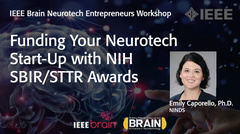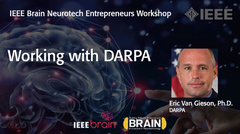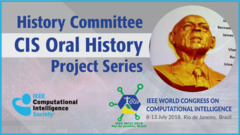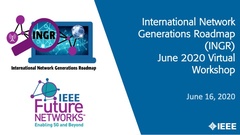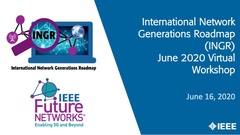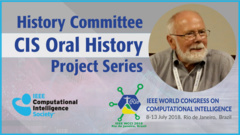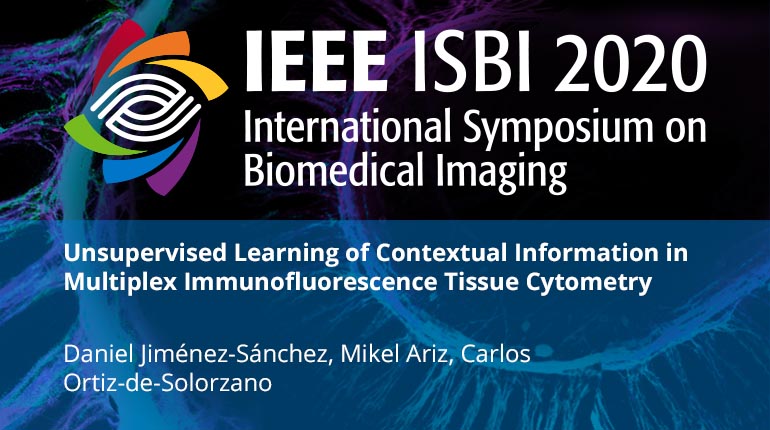
Already purchased this program?
Login to View
This video program is a part of the Premium package:
Unsupervised Learning of Contextual Information in Multiplex Immunofluorescence Tissue Cytometry
- IEEE MemberUS $11.00
- Society MemberUS $0.00
- IEEE Student MemberUS $11.00
- Non-IEEE MemberUS $15.00
Unsupervised Learning of Contextual Information in Multiplex Immunofluorescence Tissue Cytometry
New machine learning models designed to capture the histopathology of tissues should account not only for the phenotype and morphology of the cells, but also learn complex spatial relationships between them. To achieve this, we represent the tissue as an interconnected graph, where previously segmented cells become nodes of the graph. Then the relationships between cells are learned and embedded into a low-dimensional vector, using a Graph Neural Network. We name this Representation Learning based strategy NARO (NAtural Representation of biological Objects), a fully-unsupervised method that learns how to optimally encode cell phenotypes, morphologies, and cell-to-cell interactions from histological tissues labeled using multiplex immunohistochemistry. To validate NARO, we first use synthetically generated tissues to show that NARO?s generated embeddings can be used to cluster cells in meaningful, distinct anatomical regions without prior knowledge of constituent cell types and interactions. Then we test NARO on real multispectral images of human lung adenocarcinoma tissue samples, to show that the generated embeddings can indeed be used to automatically infer regions with different histopathological characteristics.
New machine learning models designed to capture the histopathology of tissues should account not only for the phenotype and morphology of the cells, but also learn complex spatial relationships between them. To achieve this, we represent the tissue as an interconnected graph, where previously segmented cells become nodes of the graph. Then the relationships between cells are learned and embedded into a low-dimensional vector, using a Graph Neural Network. We name this Representation Learning based strategy NARO (NAtural Representation of biological Objects), a fully-unsupervised method that learns how to optimally encode cell phenotypes, morphologies, and cell-to-cell interactions from histological tissues labeled using multiplex immunohistochemistry. To validate NARO, we first use synthetically generated tissues to show that NARO?s generated embeddings can be used to cluster cells in meaningful, distinct anatomical regions without prior knowledge of constituent cell types and interactions. Then we test NARO on real multispectral images of human lung adenocarcinoma tissue samples, to show that the generated embeddings can indeed be used to automatically infer regions with different histopathological characteristics.
 Cart
Cart Create Account
Create Account Sign In
Sign In
